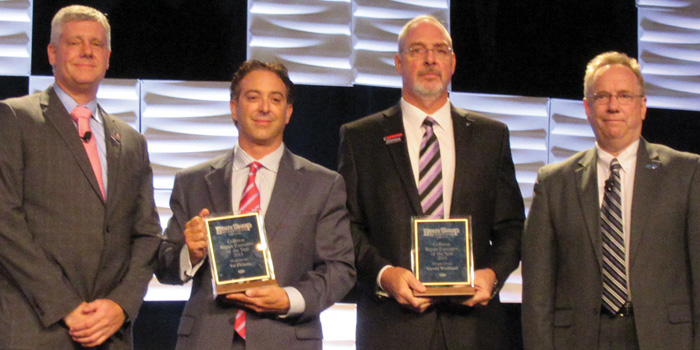At the beginning of the 20th century, thanks to the Frenchman Louis Bonneville, the first automatic car that would be used for the first time by General Motors in its cars arose, but what is it, and how to drive an automatic car? Keep reading, we explain what it is, how they drive, and the little tricks that will make you an ace on the road with your automatic car.
How to drive an automatic car?
When asked how to drive an automatic car, we must specify that an automatic car eliminates all the driver’s manual tasks from starting and braking to changing gears and reducing speed, increasing safety behind the wheel, and, with it, comfort when driving. And it is precisely because of this convenience that their sales have increased in our country, where they are very practical in the city and adverse conditions.
Automatic car lessons have two basic characteristics: the first and foremost is that they do not have a clutch pedal or gear lever, which allows for more comfortable driving with free feet and, above all, prevents the vehicle from stalling. In addition, the automatic vehicle reduces fuel consumption and has a smoother ride, despite its high price (at least at the beginning of 2020). Thus, everything relates to the automatic car seems easy, but do you know how to drive an automatic car?
How to drive a car without getting lost in an attempt.
Accelerate-brake, brake-accelerate, and driving an automatic car are easily reducing to this pairing, but for all those who are not very skilled when it comes to driving, we must emphasize the following points.
Driving an automatic car: driving position is essential
Yes, as in all vehicles, it is extremely important to adopt a correct and ergonomic position behind the wheel, keeping arms and legs flexed at 45º, as well as ensuring that you fully depress the brake pedal in the event of a sudden stop in motion. Thus, the distribution of the pedals can make you confuse, so we explain how to deal with this new situation behind the wheel.
Two pedals of the car: do not get confused!
Left brake, right accelerator, that simple but at the same time complication is the position of the pedals of an automatic car; and it is that your first reaction will be to brake with the left foot, mistake! In the automatic car it will be your right foot that manages both pedals to brake and accelerate (it seems simple but it is not at first). Along with the pedals, the other differentiating element compare to conventional cars is the gear lever, do you know how it is used? From Driving School Just Pass we explain it to you briefly, don’t leave!
Automatic car gear lever: four positions to memorize
Have you ever seen the gear lever of an automatic car that, at first glance, seems different from that of a traditional vehicle, you are right! The automatic car has four easily recognizable and usually vertical positions: P (parking), N (Neutral or neutral), D (Drive or driving position), and R (reverse). Four positions, and four different driving situations for greater ease of maneuvering and driving.
The parking position (P) appears when we use the service brake and the parking brake to park, where the lever P is left actuated so that the parking stops its operation completely (acting as a locking system in earrings too). In this case, therefore, the parking brake and the P position of the lever of your automatic car are complementary (do not leave them alone!). In automatic cars, in addition, we can find the P in the form of a button that requires the brake pedal to move and that blocks the electrical system while it is stopping.
Moving forward without fear is the key
The automatic car will be the one that asks you for the gear to use according to the force that we exert on the accelerator pedal, both when starting (when we press the start button of the vehicle) where we go from the P position to the driving position (D) and the reduction (from lever D to R).
The neutral position (N position of our gear lever) is used under the same circumstances as in the traditional car, but we must use it, as we have already warned, with the service or parking brakes depending on the circumstance.
There are, in some models of automatic cars, other nomenclatures and functions such as the L (Low) that facilitate the handling of the automatic vehicle on hills or long slopes (which is also accompanied by different numbers depending on the determined inclination), the S (sport or sequential) to control the gears independently or the M, which allows us to use the gears manually.
DON’T BE LEFT WITH ANY DOUBTS, JUST PASS THE SCHOOL OF MOTORING TO SOLVE THEM FOR YOU!
If you still have any questions about how to drive an automatic car or need advice when choosing between your conventional car or your automatic car, do not hesitate and contact us, we will solve all your doubts!
About us
On the off chance that you have any inquiries or questions, an individual from the staff will constantly be eager to assist. Go ahead and Just Pass the School of Motoring.
Get in touch with us at +44 800 073 0789
Email: admin@justpass.co.uk
Address: 109 Percy Rd, Birmingham B11 3NQ, United Kingdom
What’s more, we will make certain to hit you up as quickly as time permits.
Recommended Article: Why do paid media and SEO need to work together?






















